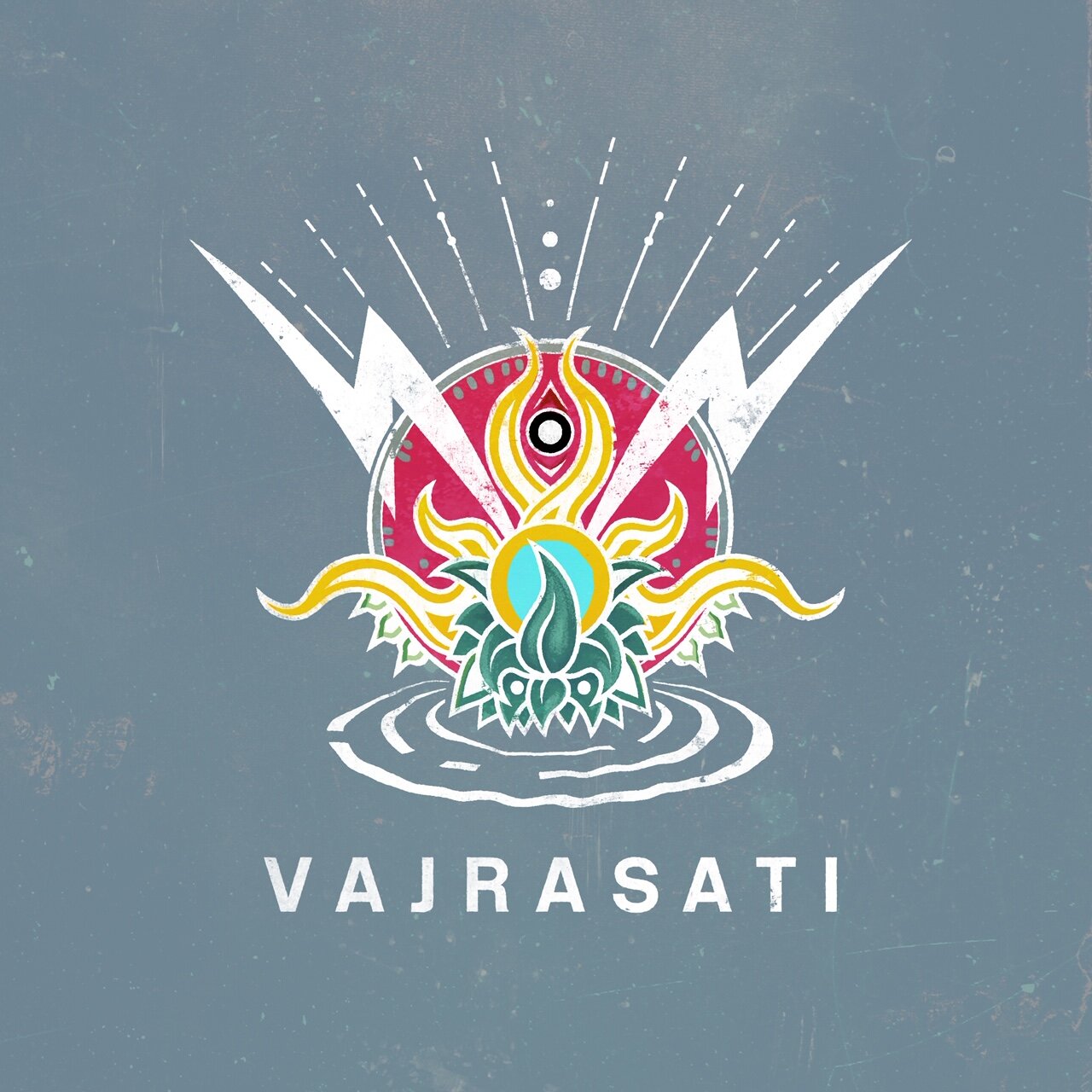Manifesting Subtle Engagement in Yoga (Asana, Pranayama, Meditation) and the Right and Left Hemispheres of the Brain
Jim Tarran
27/06/2010
What language do you speak?
If you are reading this then one has to guess that English is one of the languages you speak, it’s an interesting language which over the years has been influenced by Norse and other Germanic languages, as well as Latin, Greek and Norman-French and still readily assimilates new words into its vocabulary.
Adaptable and varied though English is you are unlikely to satisfy your thirst in China by asking for ‘a glass of water’ (wo neng you yo bei shui-might get you closer!) This is how it is in yoga, the language we use to address one side of the brain does not mean the same thing when interpreted by the other.
Right and Left brain hemispheres
Very simply put the brain divides into two hemispheres the left and the right that operate in very different ways. On a physical level these hemispheres are almost entirely separate apart from where they connect and communicate to each other at the corpus callosum and although any descriptions of the brain will often fall short of its ever complex and baffling nature, it is possible to describe these two hemispheres as descriptive, ordering, linear, systematising, logical, patterning, defining and secondary (left hemisphere) and immediate, sensory, in-distinguishing, non defining, absorbed, intuitive, and primary (right hemisphere).
In other words, the things that you say to the right brain may mean very little to the left.
Instructions in Yoga
It is a classic mistake for a yogi to try and understand an instruction aimed at the right hemisphere with the left.
Because the nature of the body is so intricate, interconnected and immediate a lot of instructions in yoga are best spoken in right hemisphere language, it is the right hemisphere that has the ability to work more holistically whereas the left will operate better on the particle level. The right hemisphere learns kinaesthetically through the movements of our bodies.
The holistic and intuitive, right hemisphere, is often the best way to approach dealing with the body, breath or anything else which has to be dealt with in the non-abstract here and now sense, because what is being dealt with is too interconnected and is in a state of flux and flow to be held into conformity with views and opinions (the stuff of the left hemisphere).
So when you are being asked for instance to ‘touch the floor with the inner edge of the big toe base’ or to ‘breathe into the lower back’ or to ‘allow your thigh bones to drop out of the way of your pelvis’, trying to get it often just makes you confused and perhaps may even eventually lead you to give up yoga, look for a new teacher or come but ignore the ‘namby-pamby’ bits.
In backbends, for example, we are asked to pull the breast bone over, while keeping the belly firm, to draw the pelvis over to lengthen the lumbar, to suck the side ribs in and drive the back body into the front and pull the front over the back’
You could be asked to ‘release any pressure from the brain’ in Prāṇāyāma.
Or to visualise the breast bone ‘floating’ ...’like a buoy on a calm ocean’ as you ‘release the legs into the breath’ in a seated meditation posture.
The motto ‘calmness conditions connection’ can very helpful to us because it points us to receive the right hemisphere instructions with the right hemisphere. Which we find mirrored in the Great Sage Patañjali’s phrase ‘Stiram, Sukham Asanam’ or attention that is easy in the postures.
The left will naturally follow the right and ‘naturally describe, memorise and systematise the constant flowing immediate intelligence of the right brain and so a harmony is struck where intelligence both grows through experience without being stifled, or petrified (to cause to become stiff or stone-like; deaden) by its past.
You can hear this sentiment echoed again by the Great Sage when he says ‘practice and non-reaction are required to still the patterning of consciousness otherwise consciousness takes itself to be that patterning’. He is clearly indicating that ‘non-reaction’ or ‘ease’ is the best approach to avoid awareness (or right hemisphere immediacy) being limited or blocked from harmonising with experience by becoming bogged down in descriptions of it.
Another Great sage of course is the Buddha who has this to say on the subject ‘people get bogged down in words like an elephant stuck in the mud’ a phrase that obviously points to the same thing by overtly mentioning words (descriptions) which are the clear realm of the left hemisphere.
To conclude then, some instructions in the class will be in left brain language ‘go and get a mat blanket and block’ for instance, and don’t require any particular shift in mode, and some will be right hemisphere ‘allow energy to circulate around the body as you relax’ to engage with the latter relax in relationship to the objects of awareness; the body, the instruction, thoughts and emotions, breath receive and act intuitively, and you’ll find yourself not only feeling the bliss (ananda) of yoga but you’ll understand the instruction through direct experience of it.
Quotes
From my own limited experience I have found that the greatest degree of inner tranquillity comes from the development of love and compassion.
The more we care for the happiness of others, the greater our own sense of well-being becomes. Cultivating a close, warm-hearted feeling for others automatically puts the mind at ease. This helps remove whatever fears or insecurities we may have and gives us the strength to cope with any obstacles we encounter. It is the ultimate source of success in life.
— Dalai Lama
